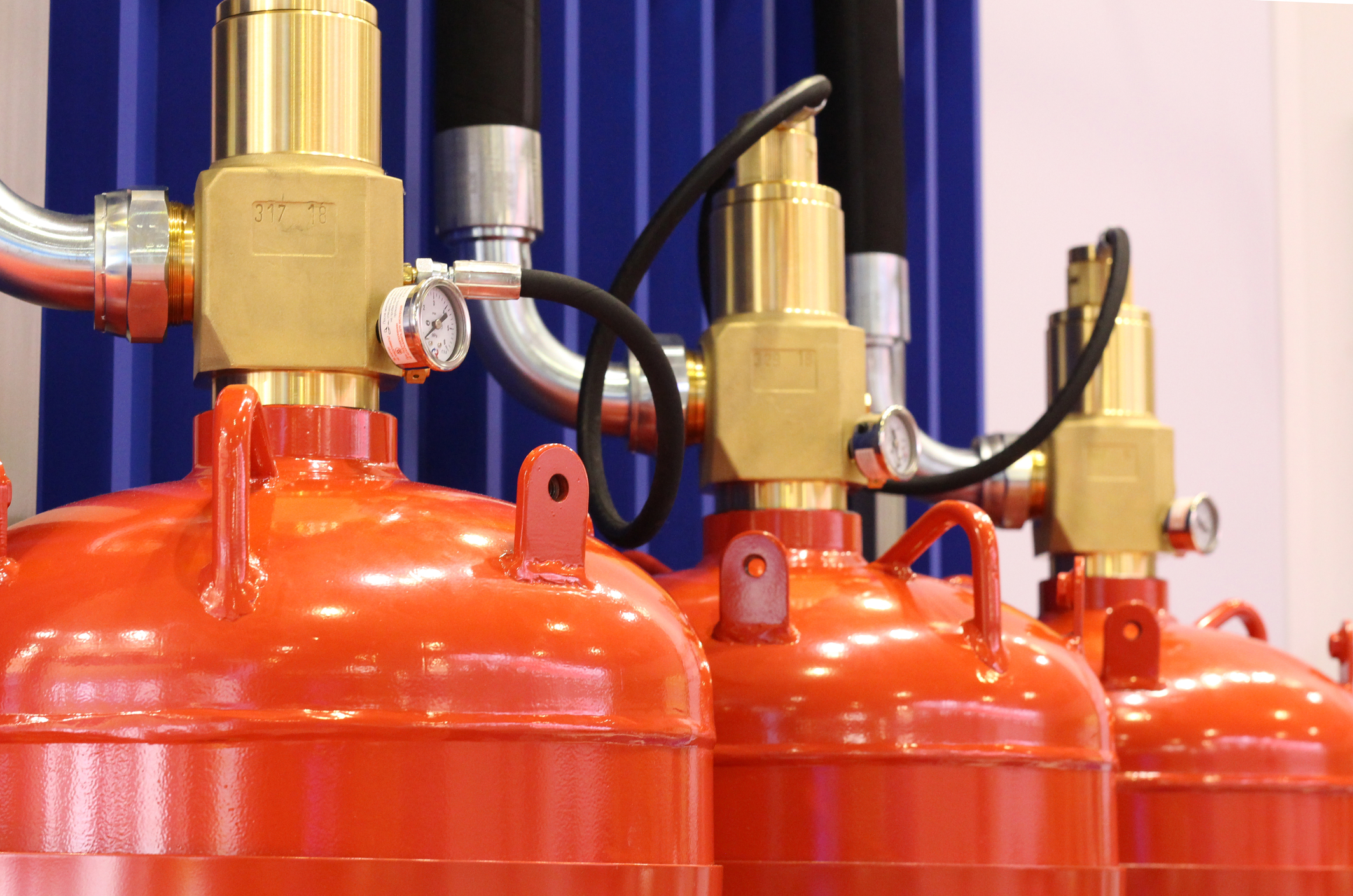Coming home from a long and cold drive home, it feels nice to settle on your couch in front of your fireplace. The sight of the swaying flames, the smell of burning oak and the sound of crackling wood is enough to calm the mind of the day’s worries. While it can be comforting to lay in front of your open fire, having to sweep up the ashes, stabilising the temperature and keeping the warmth in your room is time-consuming and inefficient. If you want to be more efficient with your time and money, you may want to consider replacing it with a gas fire.
In this blog, we will tackle what a gas fireplace is, the process of gas fire installation and how much it may cost you.
What is a gas fire fireplace: Open Fire vs Gas Fire
Heating your room through an open fire will give you the ambient temperature, allowing you to choose between different types of wood or coal available in your area. However, as its name suggests, having an open fire leaves your fuel (the wood) to burn up quickly, wherein most of the heat escapes through the smoke and out of the chimney and warms your room only by 30%. Even after the fire is extinguished, the heat from the room will still rise up and out of the chimney. What’s more, it’s hard to put out a full grate of coal once it starts burning. You will need to make sure it keeps burning by stoking the flames from time to time. This means, four hours into your sleep, you will need to plan ahead before refuelling your fireplace with more coals.
Your gas fire is a cleaner and more convenient way to heat up your room. While there are real flames, a modern gas fireplace is sealed with glass and provides radiant heat. Because the fuel is gas, the fires don’t emit smoke. Instead of a chimney, they will need a tube in the wall where waste gases can escape. The experience is very like having an open, giving off radiant and convected heat without wasting so much energy. In comparison to wood fires, the air in your home is cleaner and the installation is more affordable. You won’t need a complicated masonry hearth and chimney that can take up a lot of floor space. If you already have a hearth, engineers will have an easier time fitting a gas fireplace insert instead of building a fully-functioning chimney. While, of course, electric fires offer the highest level of cleanliness, gas also has the lowest cost among the three choices. And you don’t even need to buy wood and find a space to keep them dry.
Now that you know how gas fireplaces work, it has three different build types.
- Insert: As mentioned earlier, if you already have a wood-burning firebox, it can be retrofit with a gas fireplace. This is a reliable source of warmth, filling your room with warm air and heat.
- Built-in: If you don’t have a hearth in your home, built-ins are more common in minimalist and modern homes as they can be built according to contemporary styles. Whether you want your fireplace underneath your television or in Scandinavian design, built-ins tend to be more flexible.
- Log sets: Built for style more than heat, basic burners are installed in open fireplaces.
With each type, you may choose to either have a vent where the fumes are sent outside of your home or have no vent where all the heat and exhaust disperses into the house.
How does gas fire installation work?
While it may be cheaper to run a gas fireplace than an electric one, gas fire installation requires a Gas Safe registered engineer for safety and legal reasons. This badge of credibility assures you that your appliance will be tried and tested before and after installing it. While it may be tempting to connect a gas fire to your system on your own, it is illegal and dangerous. Given this, it is important to add an installation fee to your budget. Though most retailers also offer installation services, this easy route may not be the most affordable.
If you’re in need of a replacement instead, you will need new plasterwork where the old gas fire was removed. This means, hiring a plasterer and redecorating the affected areas.
Before choosing a new gas fire, make sure that your engineer comes to your place to have your flue or chimney lined and tested. If you don’t have one, you may opt to install the matching flue to your gas fire or choose a gas fire that does not need one. These models use catalytic converters to change the particles into a harmless vapour that can be dispersed into the room.
How much does installation cost?
An average gas engineer will charge about £100 to £150 per day in labour. It can take about one to two hours to fit a new gas fire but if the engineer were to replace an old model, the work may take up to three hours. The price of your installation will depend on the model you choose and on any extra work (e.g. pipe repairs).
Once your new gas fire has been installed, make sure that you or your landlord procure a Gas Safe certificate. Carrying out an annual maintenance check may cost from £60 to £100 and take up to two hours. We also recommend installing a carbon monoxide detector in your room to alert the household if your gas is leaking.
Should I DIY?
If you are interested in building your own fireplace, we recommend that you still call a gas engineer to check your DIY-ed creation and have professionals install your gas fire. Whether or not you have a background in construction, having other experts check on your build can prevent further accidents from happening (especially when you have no prior experience with carpentry). When it comes to installing your gas fire, however, leave it to the Gas Safe Registered engineer.
When it comes to heating your home, we always recommend choosing the safest option. Not only are gas fires cleaner and more efficient, but they also keep your family and pets from unnecessary burns from getting too close to the flames. Our engineers at Plumbingforce are Gas Safe registered and can install or repair your gas fireplace. Book an appointment with us today.





